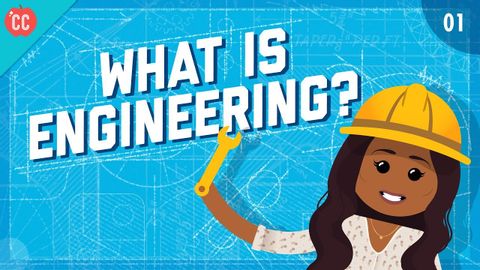What is Engineering?: Crash Course Engineering #1
Joy Hsu が 2023 年 05 月 08 日 に投稿  この条件に一致する単語はありません
この条件に一致する単語はありませんUS /pɚˈspɛktɪv/
・
UK /pə'spektɪv/
US /ɛnˈtaɪr/
・
UK /ɪn'taɪə(r)/
US /ˈdɪsəplɪn/
・
UK /'dɪsəplɪn/
- n. (c./u.)規律;訓練;学科;懲罰;自制
- v.t.訓練する;懲罰を与える
- v.t./i.出場する;計算する;思う;思う
- n.姿 : 体形;数字;人物像;図表;著名人;姿の輪郭;数字
エネルギーを使用
すべての単語を解除
発音・解説・フィルター機能を解除

